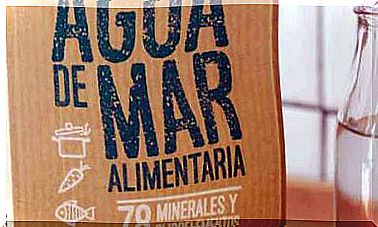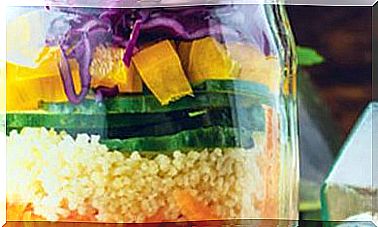How Much Food We Throw Away (and Why We Should Be Concerned)
Most of the food that goes to waste comes from households and the numbers are staggering. Discover the consequences of this food waste, against which we could all contribute our grain of sand.

While almost one billion people in the world do not have access to sufficient nutrition, a third of food production is wasted and ends up in the garbage. One third!
This not only places us before an ethical problem. It also has a great environmental impact : yes, food waste also contributes to global warming.
Knowing some figures may help us to react …
7.7 million tons of food wasted per year
We are talking about the amount of food that ends up in the garbage can only in Spain. In other countries around us they are not short either.
In fact, our country is seventh in the European ranking after the United Kingdom (14.4 million tons), Germany (10.3), Holland (9.4), France (9), Poland, (8.9 ) and Italy (8.8).
Homes, where more food is thrown away
Those of us who waste the most food are each one of us at home. The statistics say so: 42% of everything that is thrown away comes from homes and is mostly fruits, vegetables, bread, cereals, pastries, milk, yogurts, cheeses, pasta, rice and legumes.
According to data from the Spanish Confederation of Consumer and User Cooperatives (HISPACOOP), the average waste is 1.3 kg per week or 76 kg per year per household.
And how come we throw away so much food? Are we so left over? Well, it turns out not: in a survey published in January 2017 by the Ministry of Agriculture and Fisheries, Food and Environment, 72% of consumers acknowledge throwing away food for not organizing their purchases well!
In fact, 50% argued that they forget to freeze certain products that remain in the refrigerator until they go bad and 37% throw leftovers, either directly from the plate or after having gone through the refrigerator.
Manufacturers and restaurants also squander
But the problem is not only one of individuals: it also has to do with how we organize ourselves as a society. And, if 42% of what is thrown away comes from homes, who is throwing away everything else?
Well, 39% of the food that ends up in landfills is food, food scraps or discards that end up being lost in the manufacturing process, and 5% is lost during distribution.
There is still another sieve: the restaurant sector, which is responsible for 14% of everything that is thrown away.
A waste that damages the climate
As we said, apart from the ethical issues raised by throwing away food when it could feed hungry people, food waste has a great impact on the environment.
Throwing away food entails a huge loss of natural resources : water, agricultural land and energy, apart from time, money and labor.
Thus, to produce all the food that is not being consumed in the world, in a year it will have been needed and wasted:
- 250,000 million m3 of water per year, which is equivalent to the water needed to fill 100 million Olympic swimming pools.
- 1,400 million hectares of cultivation, that is, 30% of the world’s agricultural area.
- The corresponding dose of pesticides discharged to these fields in non-organic farms.
All this to produce food that is later discarded … And all this waste of resources, in addition, has an economic cost of production : according to it is calculated, about 577,000 million euros a year.
On the other hand, many of the food that is discarded ends up in landfills, where its decomposition produces gases, such as methane, that contribute to global warming.
In fact, if the food not consumed were a country, it would be the world’s third largest producer of greenhouse gas after the US and China, a figure that cannot leave us unmoved.









